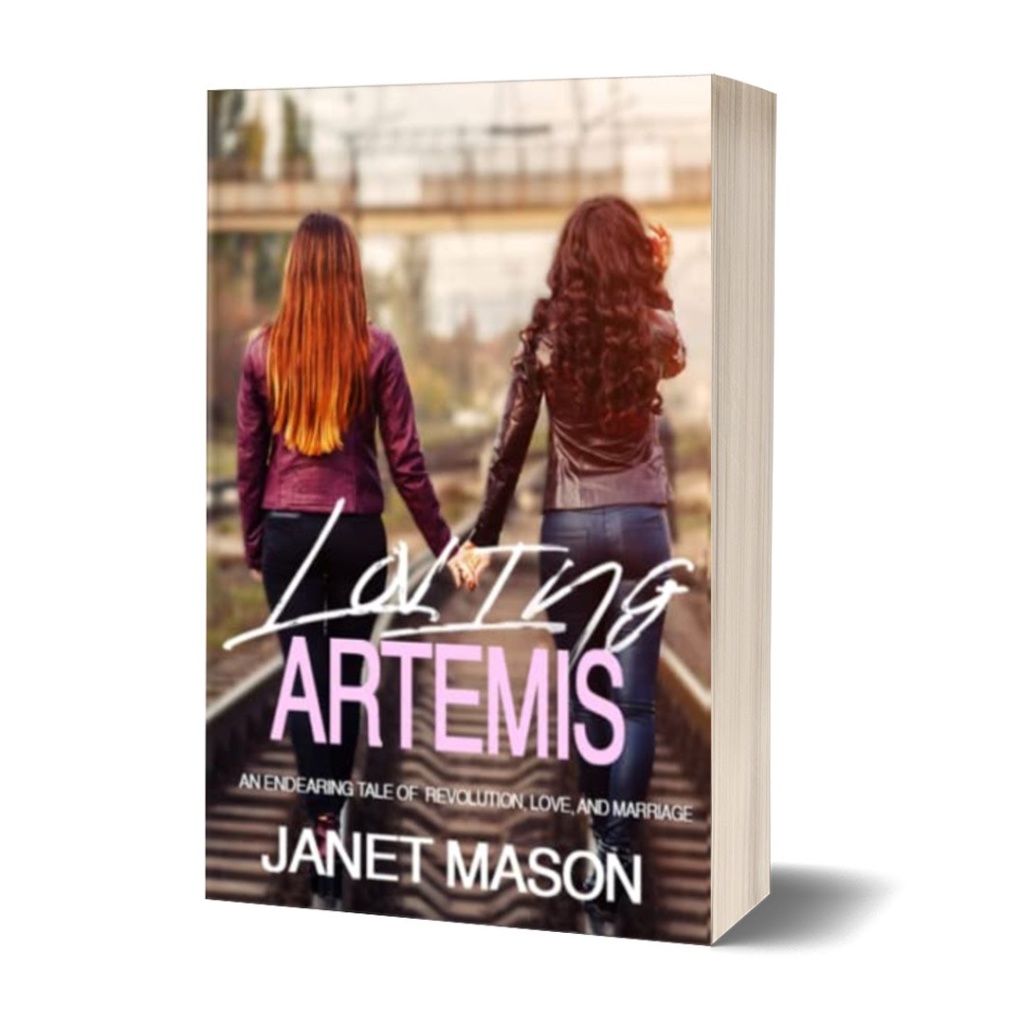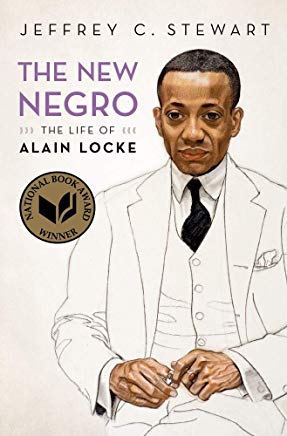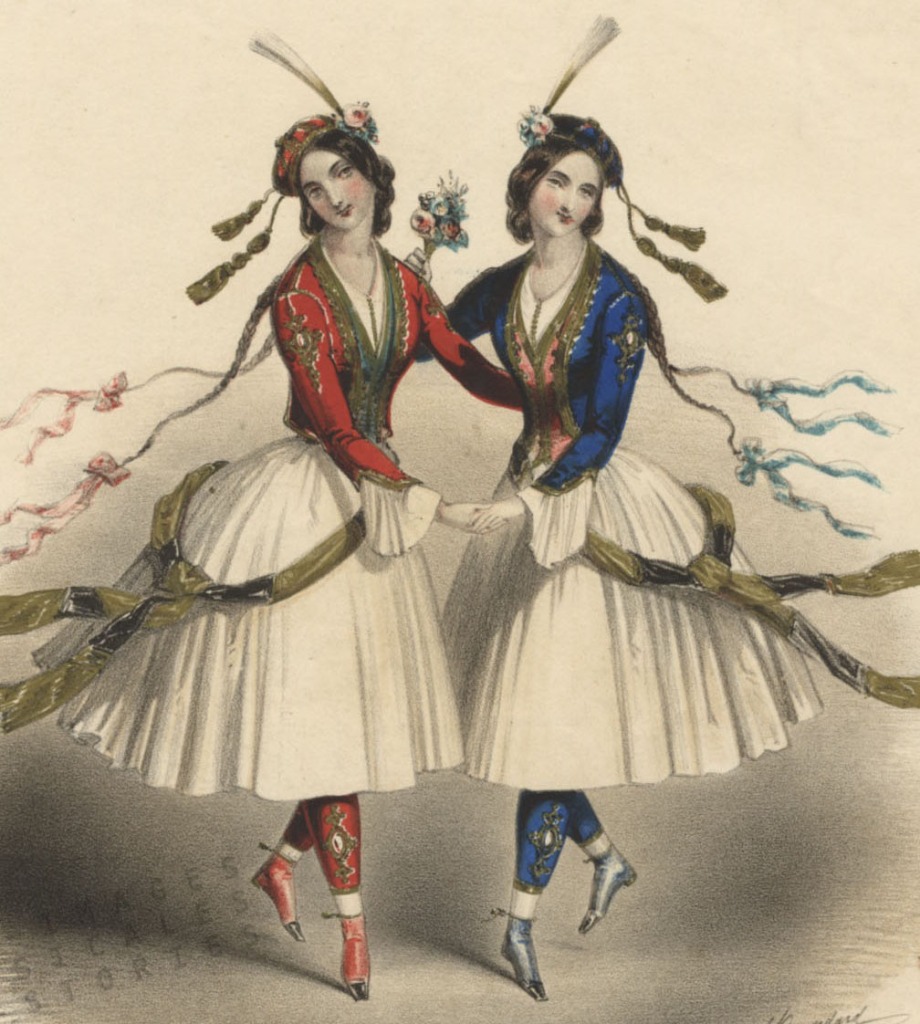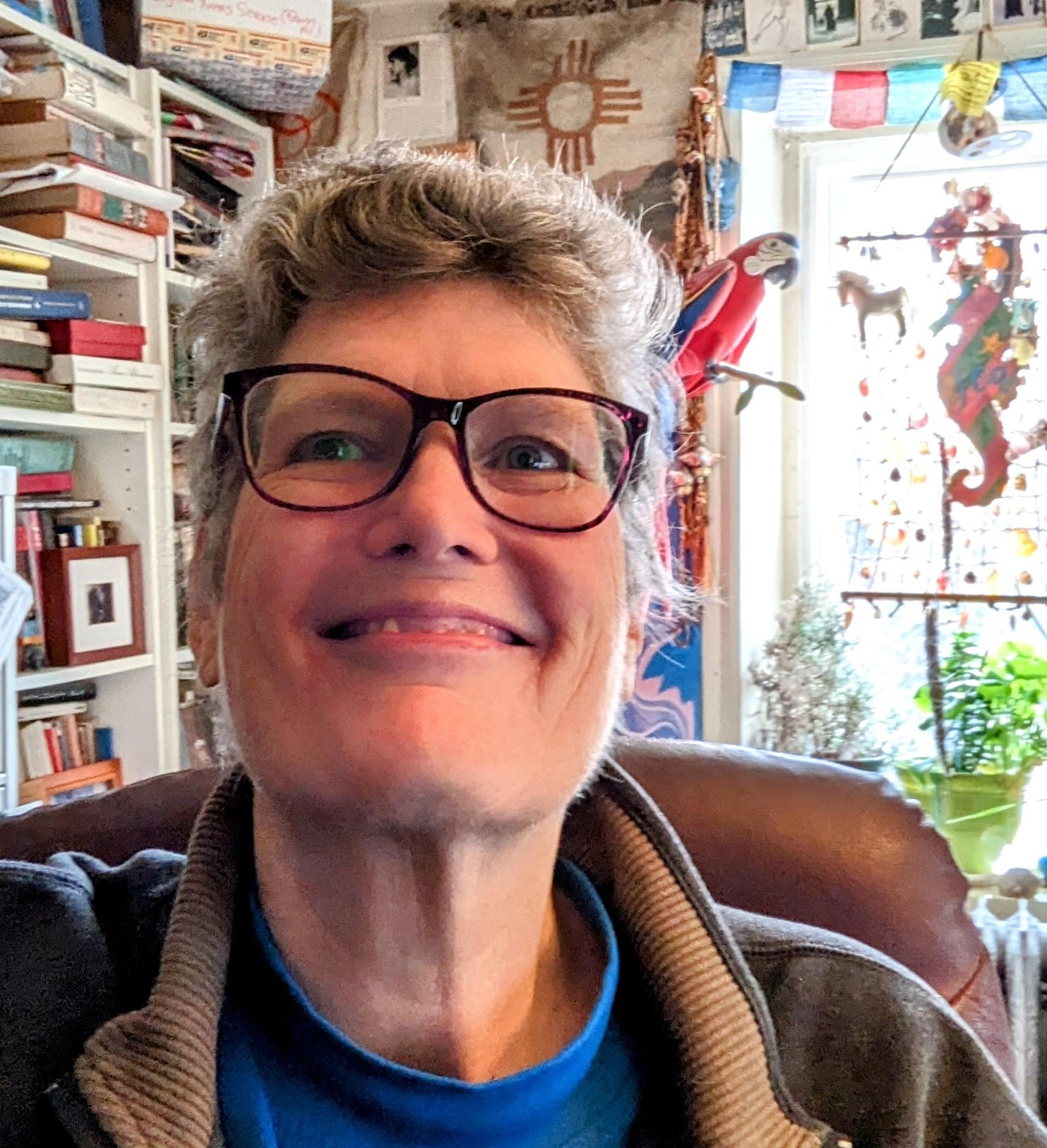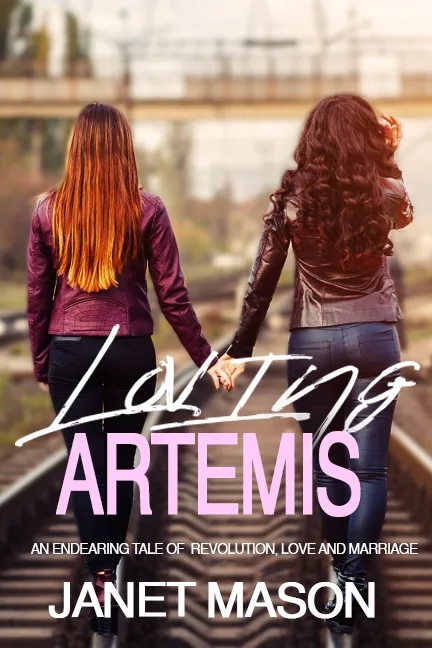I wanted to share this interview with you which was recently posted by IHeartSapphFiction. You can link to the site
Author Interview: Janet Mason Chats about Loving Artemis
Apr 11, 2024 | AUTHOR INTERVIEW

Get ready to learn more about the book Loving Artemis in this discussion with sapphic author Janet Mason.
Join us for an exclusive peek behind the scenes as we quiz Janet Mason about Loving Artemis, writing, reading, and more.
This book is part of the Addiction category in the 2024 IHS Reading Challenge.
Why did you write Loving Artemis?
I wrote this novel to tell some of the untold stories from my youth. I grew up in a rough-and-tumble working-class tract house area, so there were quite a few stories there. I worked on the novel for a long time, and the story evolved to the theme of marriage equality and the historical events that happened in the backdrop of the teenage girls came together with the future passage of marriage equality. In that way the story is autobiographical, and the history is accurate. So, the timing happened to coincide with the legalization of marriage equality nationwide.
Who is your favorite character in the book?
My favorite character is the lead character Artemis. The events in Artemis’s life (including her brother and her love for motorcycles as well as her girlfriend Linda) turn her into a drug dealer and she gets caught goes to jail, gets released several years later, reunites with the love of her life, Linda, and in another couple of decades marries her legally (this was something she wished for when she was an adolescent). She gets caught and goes to jail which is different from my experience and from the other narrator, Grace, who is more academically oriented and is more like me.
What inspired the idea for Loving Artemis?
The inspiration came from my youth and my need to tell the stories.
What was the biggest challenge writing this book?
My biggest challenge in writing this came naturally–that was lesbianizing my youth. As I was telling a friend, I probably gave the girls (who were based on actual persons) that I probably gave my characters happier endings than they actually had! If you add the march of history, there are three happy endings at the close of Loving Artemis.
What part of Loving Artemis was the most fun to write?
The details of place from my youth were identical, including the motorcycle shop and the gold dome of the Greek Orthodox church in the writing — giving the work a strong sense of place.
How did you come up with the title for your book?
The book’s original title was Art which was short for Artemis. When I found a publisher, she wanted to title the book Loving Artemis. We had just buried a friend’s cat, named Artemis, in our backyard and I thought Artemis had brought me luck in finding the publisher, so the name change was fine with me.
How much research did you need to do for Loving Artemis?
I did a fair amount of research on the historic events–Shirley Chisholm running for President in 1972 being one of the events–that happened when the girls were teens. Some of the events were mentioned in a paper that Grace (one of the narrators) writes for her high school English class.
What is your favorite line from your book?
“Art fell into the universe that she and Linda made together.”
What is your writing process like?
The novel welled up in me and I wrote it. Basically, I had to. I let my characters tell me what they wanted to do.
Where do you usually write, and what do you need in your writing space to help you stay focused?
I write on my computer. As I recall, I wrote much of this novel on my laptop, when I was holed up in my bedroom and at the kitchen table in my yoga teacher’s house. When I’m working on something, I tend to be thinking about it most of the time. I wrote and rewrote this book for about seven years.
If you could spend a day with another popular author, whom would you choose?
I think I would pick Sappho or Emily Dickinson.
What’s your favorite writing snack or drink?
I love coffee–now with oat milk. Green tea works just as well. I think it’s the caffeine.
How do you celebrate when you finish your book?
I go for a walk and am extra happy!
Do you have a pet who helps/hinders your typing?

I usually have a cat. While I was working on this, I had a cat named Princess Sappho who used to sit on my lap. When she died and then her brother died, it was very sad but then our new cat, Peanut, came to us when she was about a year old, and we are head over heels about her. She’s usually in the window in my home office. I always imagine that I write better with a cat.
What animal or object best represents you as an author or your writing style?
I love Rilke’s Panther pacing around in his cage. I guess my head is the cage and the novel ideas are the panther.
What is the most valuable piece of advice you’ve been given about writing, and by whom?
“Write the HARD STORIES.” — Dorothy Allison. I found when I took this advice, I wrote the stories that made a difference. Probably, that’s what has kept me writing.
What has helped or hindered you most when writing a book?
I try to block out all outside negative voices. (Why bother writing? It’s so hard to find a publisher, etc) If writers listened to them, we wouldn’t have any books.
When you’re writing an emotional or difficult scene, how do you set the mood?
Sometimes I listen to music from the period that I am writing about.
What do you do to get inside your character’s heads?
I just start writing and then I’m there.
If you could be mentored by a famous author (living or not), who would it be?
Sappho. I love the idea of walking with her on the cliffs of Lesbos. (And I have been there and listened for her in the wind.)
What author in your genre do you most admire, and why?
I think I keep coming back to Sappho because she is known for putting herself in the poem, like Whitman. Also, I started out in my writing life as a poet and I think the rhythm of the language even when it’s in prose is what moves me.
Have you ever cried when writing an emotional scene?
I cry all the time when writing. In particular, I cried toward the end of Loving Artemis when Art is in prison and puts her hand against the glass mirroring Linda’s hand, pressed to the other side of the glass. Then at the end, when Art is in the New York Pride parade riding on her motorcycle and she meets up with Linda who is carrying a “just married” sign, I cried again!
Do you feel bad putting your characters through the wringer?
I did kill off Art’s brother because it fit the storyline and maybe because he was such a bad influence on her, I didn’t feel bad at all. I also didn’t get a thrill from it consciously at least. I just kept writing.
Have you ever hated one of your characters?
I’ve heard it said that a writer must love all her characters. I would say this is true, at least for the main characters.
Have you ever fallen in love with one of your characters?
Not consciously. But considering the amount of time a writer has to spend with her characters, maybe I have been in love with all of the main characters and just didn’t think about it.
What type of books do you enjoy reading the most?
I review books and tend to be most interested in LGBTQ books.
Are there any books or authors that inspired you to become a writer?
I’m coming back to Sappho again. She had the courage to be herself. That’s what writing does for me.
What books did you grow up reading?
I read, read, read. I read all of the books in the elementary school library. And the teachers were concerned about me. Seriously.
What books have you read more than once in your life?
I love mythology and reread things like Ovid and Homer. Also, Dante. I think I come back because I want to revisit where the story lives in my imagination.
What book do you wish you had written?
I don’t think I’ve ever read a book and wished I’d written it. I think I do the opposite. I write the books that need to be written.
Describe your favorite reading spot.
Often, I read in the car, while my partner goes shopping.
Do you only read books in one genre or do you genre hop?
I tend to find a story that grabs me, and don’t pay attention to the genre.
Have you ever thought you’d hate a book, but ended up loving it?
I don’t review books that I don’t like. And in the many years, I’ve been reviewing, there have only been a handful of books I couldn’t finish. Actually, come to think of it, when drugs and alcohol are obviously addictions and are portrayed favorably, it turns me off.
An Interview with sapphic author NAME | Find Your Next Sapphic Fiction Read (iheartsapphfic.com)
For more information on my most recent novel Loving Artemis, an endearing tale of revolution, love, and marriage, click here.
To read an excerpt from Loving Artemis, click here.
